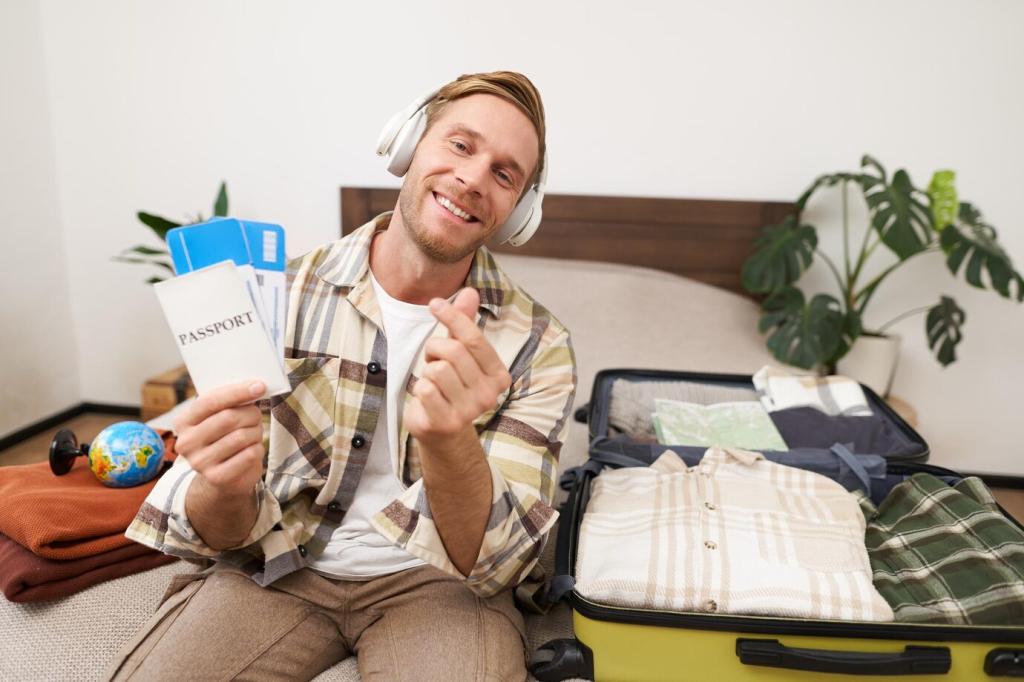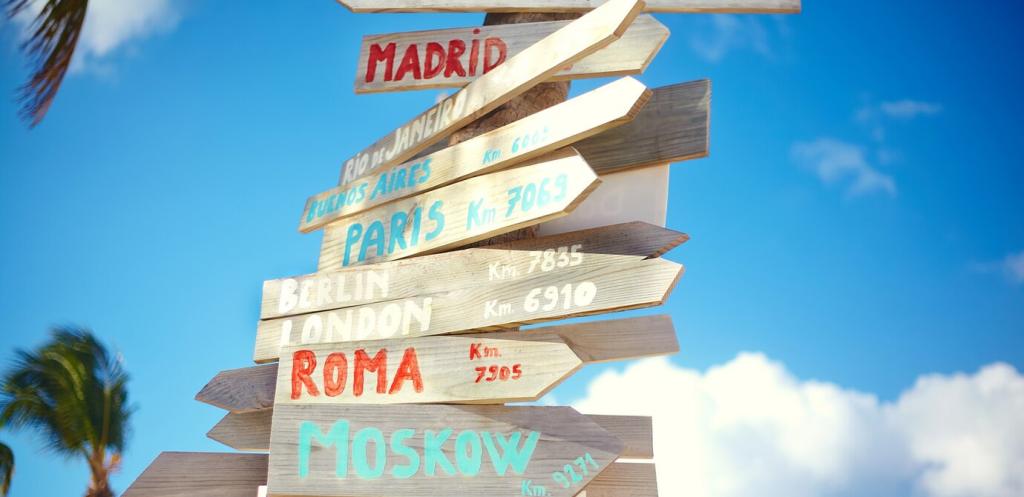How to Avoid Travel Fatigue: Arrive Energized, Not Exhausted
Master Your Body Clock Before You Fly
Move your sleep and meal times by 30–60 minutes each day toward your destination’s timezone. Small shifts stack up, easing your body’s transition and reducing that heavy, foggy feeling when you land.
Master Your Body Clock Before You Fly
Morning light helps you shift east; evening light helps you shift west. Plan outdoor time or bright light exposure strategically, and avoid mistimed light that can push your body clock in the wrong direction.
Master Your Body Clock Before You Fly
If you use melatonin, keep doses low and timing precise, ideally guided by a professional. The right timing can nudge your circadian rhythm; the wrong timing can prolong jet lag and deepen fatigue.

Hydrate Before Thirst Hits
Cabin humidity is low, so drink water consistently rather than chugging occasionally. Add electrolytes for longer flights, and eat hydrating foods like oranges or cucumbers to counter dryness without reliance on sugary drinks.

Choose Steady-Energy Snacks
Pair complex carbs with protein and healthy fats—think oats with nuts, whole-grain wraps, or hummus with crackers. This steadies blood sugar and reduces the mid-flight slump that masquerades as travel fatigue.

Caffeine and Alcohol With Intention
Time caffeine for your destination’s morning or early afternoon, not your departure clock. Limit alcohol; it dehydrates, fragments sleep, and amplifies grogginess that lingers well into the first day.

Sleep Strategies That Actually Work Mid-Flight
Mask, earplugs or noise-canceling headphones, and a short breathing practice signal your brain that sleep is coming. Repeat the same sequence every trip so your body recognizes the cue quickly.


Sleep Strategies That Actually Work Mid-Flight
Window seats reduce disturbances and give you a wall to lean on. Avoid seats near galleys and lavatories. If possible, choose flights that align with your natural sleep window for easier dozing.
Choose Layovers With Purpose
A well-timed layover lets you walk, stretch, and access proper meals. Avoid too-short connections that spike stress and too-long waits that drain energy. Aim for the Goldilocks window that keeps you steady.
Day Flights vs. Red-Eyes
Red-eyes sound efficient but often cost you productivity. When crossing fewer time zones, a day flight with an early bedtime on arrival can leave you far less fatigued overall.
Buffer Your First Day
Schedule light commitments after long-haul travel. A buffer day—gentle activity, sunlight, and early bedtime—accelerates adjustment and protects you from the domino effect of exhaustion throughout the trip.

Mindset, Stress, and the Nervous System
Try a 4-7-8 or box breathing pattern before boarding and after takeoff. Slow exhalations signal safety to your nervous system, easing tension that often masquerades as fatigue later in the day.
Mindset, Stress, and the Nervous System
Download entertainment and set app limits before you go. Reducing decision fatigue on board frees cognitive bandwidth, helping you land with more focus and less that-thin, irritable tiredness.
Mindset, Stress, and the Nervous System
Step into daylight, walk for twenty minutes, shower, and change clothes immediately. This signals “new chapter” to your brain and body, minimizing the mental haze that can stretch into an unproductive evening.
Real Stories, Simple Checklists, and Your Turn
01
After missing a client dinner from pure exhaustion, Maya shifted meals and light exposure two days pre-flight. She landed clearer, attended meetings, and even enjoyed a sunset walk instead of collapsing.
02
A parent shared that packing matching water bottles, protein boxes, and a ten-minute aisle-walk timer cut post-landing tantrums in half. Small rituals bring predictability—and less fatigue for everyone.
03
Want our one-page “Avoid Travel Fatigue” checklist and light-timing guide? Subscribe, share your toughest route in the comments, and tell us what drains you most so we can tailor upcoming tips.
